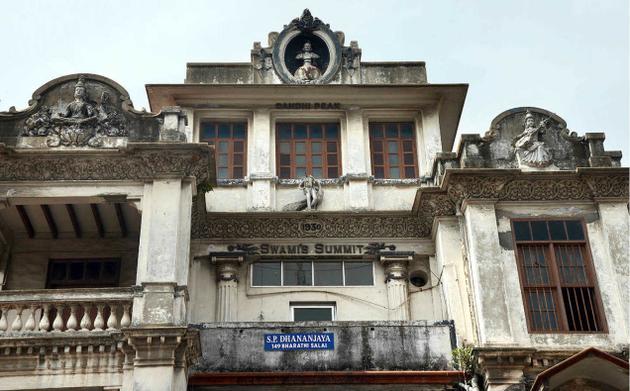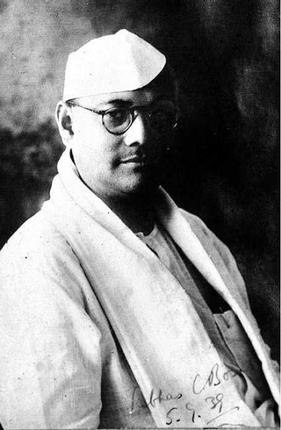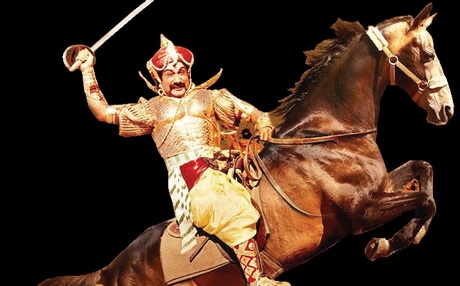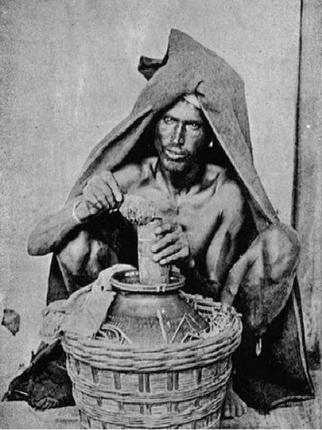Coimbatore :
The Indian Rice Research Institute, Hyderabad, has awarded a farmer from Dharapuram for adopting drip irrigation system in rice cultivation, thereby reducing water consumption by 60%.
Parthasarathy M, 69, received the Innovative Rice Farmer Award on August 29. In all, 30 farmers from sixteen states were nominated for this award.
Parthasarathy bagged the award for largescale adoption of drip irrigation for rice cultivation in Amaravathy sub-basin in Tamil Nadu. The award was presented to his son during the Innovative Rice Farmers meet 2015 on August 29 at Indian Institute of Rice Research, Hyderabad, by the Union minister for labour and employment, Bandara Dattatreya.
Parthsarathy has been cultivating rice for 50 years. “In 2013, I was in Coimbatore for an agri fair in Codissia Complex. There I was introduced to the drip irrigation technology. I immediately went to Tamil Nadu Agricultural University and was given a demo. I first adopted it for vegetables and then for growing maize. And, in 2014, I used the technology for rice,” he said.
The farmer, who draws water from the Amaravathi Dam, had installed drip irrigation to water trees in his farm in the 1980s. “But, I came to know about the use of this technology in rice only in 2014,” he said.
Parthasarathy said that he not only saved 60% water, but he also saw an increase in yield. “On an average, the yield was five tonnes per acre after I adopted drip irrigation, which was a 20% increase from the yield in 2013,” said Parthasarathy.
What’s unique about Parthasarathy’s achievement is that he used drip irrigation and crop rotation together. He cultivated onion, maize and rice in rotation. “This has helped improve his yield and save water consumption,” said director of water technology department, B J Pandian.
Tamil Nadu Agricultural University started research on the possibility of using drip irrigation for the cultivation of rice in 2010. “In 2012, we succeeded in cultivating rice through this technology. The state government also provides subsidy to farmers using drip irrigation,” he added.
Parthsarathy said that he spent 40,000/acre after receiving subsidy from the government. He received 73,000 per hectare as subsidy for installing drip irrigation.
source: http://www.timesofindia.indiatimes.com / The Times of India / News Home> City> Coimbatore / by Adarsh Jain, TNN / September 02nd, 2015



